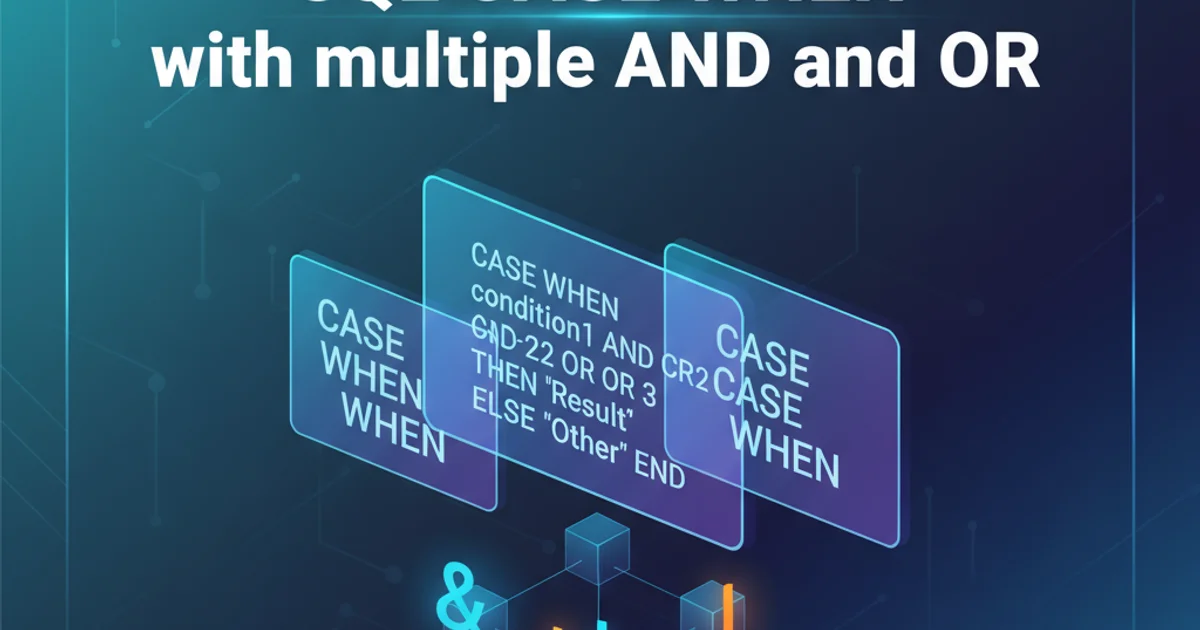"Find next" in Vim
Categories:
Mastering 'Find Next' in Vim: Efficient Navigation and Search

Learn how to effectively use Vim's powerful search and 'find next' functionalities to navigate through your code and text with speed and precision.
Vim is renowned for its efficiency, and a significant part of that efficiency comes from its robust search capabilities. The ability to quickly find specific text and then jump to its next or previous occurrences is fundamental for any Vim user. This article will guide you through the various commands and techniques for performing searches and navigating through search results, ensuring you can 'find next' (and previous) like a pro.
Basic Search and Navigation
The most common way to search in Vim is using the / command, followed by your search pattern. Once you've initiated a search, Vim highlights all occurrences of the pattern. To move between these occurrences, you'll use specific commands for 'find next' and 'find previous'.
/search_pattern
n
N
Basic search commands in Vim
After typing /search_pattern and pressing Enter, Vim will jump to the first occurrence after your current cursor position. The n command (lowercase 'n') moves your cursor to the next occurrence of the search pattern. Conversely, the N command (uppercase 'N') moves your cursor to the previous occurrence.
:set ic (ignorecase) or :set noic to revert. For a temporary case-insensitive search, append \c to your pattern, e.g., /pattern\c.Understanding Search Direction and Wrap-Around
Vim's search typically moves forward through the file. When it reaches the end, it can 'wrap around' to the beginning if the wrapscan option is set. This behavior is crucial for continuous navigation.
flowchart TD
A[Start Search: /pattern] --> B{Current Cursor Position?}
B -->|Found after| C[Jump to first match]
B -->|Not found after| D{End of File Reached?}
D -->|Yes & wrapscan on| E[Wrap to beginning]
D -->|Yes & wrapscan off| F[No more matches]
E --> C
C --> G[Press 'n']
G --> H{Next Match Found?}
H -->|Yes| I[Jump to next match]
H -->|No & wrapscan on| J[Wrap to beginning]
H -->|No & wrapscan off| K[No more matches]
J --> IVim search and 'find next' (n) logic flow
The wrapscan option (:set ws or :set nows) controls whether searches wrap around the end or beginning of the file. It's usually enabled by default, which is generally desired for continuous navigation. If you find your searches stopping at the end of the file, check this setting.
Advanced Search Patterns and Options
Vim's search patterns support regular expressions, allowing for highly flexible and powerful searches. You can search for word boundaries, specific character sets, or even patterns that span multiple lines.
/\<word\>
/foo.*bar
/\v(foo|bar)
Examples of advanced search patterns
Here's a breakdown of some useful options and commands related to search:
*: Search forward for the word under the cursor.#: Search backward for the word under the cursor.g*: Search forward for the word under the cursor, even if it's part of another word.g#: Search backward for the word under the cursor, even if it's part of another word.:set hlsearch: Highlights all matches of the current search pattern. This is incredibly useful for visualizing all occurrences.:noh: Clears the search highlighting until the next search.
* and # is a quick way to search for the current word without typing it out. This is particularly handy when refactoring or analyzing code.1. Initiate a Search
Press / in normal mode, type your desired pattern (e.g., function), and press Enter. The cursor will jump to the first match.
2. Find Next Occurrence
Press n (lowercase) to move to the next occurrence of the search pattern. Keep pressing n to cycle through all matches.
3. Find Previous Occurrence
Press N (uppercase) to move to the previous occurrence of the search pattern. This is useful for backtracking.
4. Clear Highlighting (Optional)
If you have hlsearch enabled and want to temporarily clear the highlights without changing your search pattern, type :noh and press Enter.